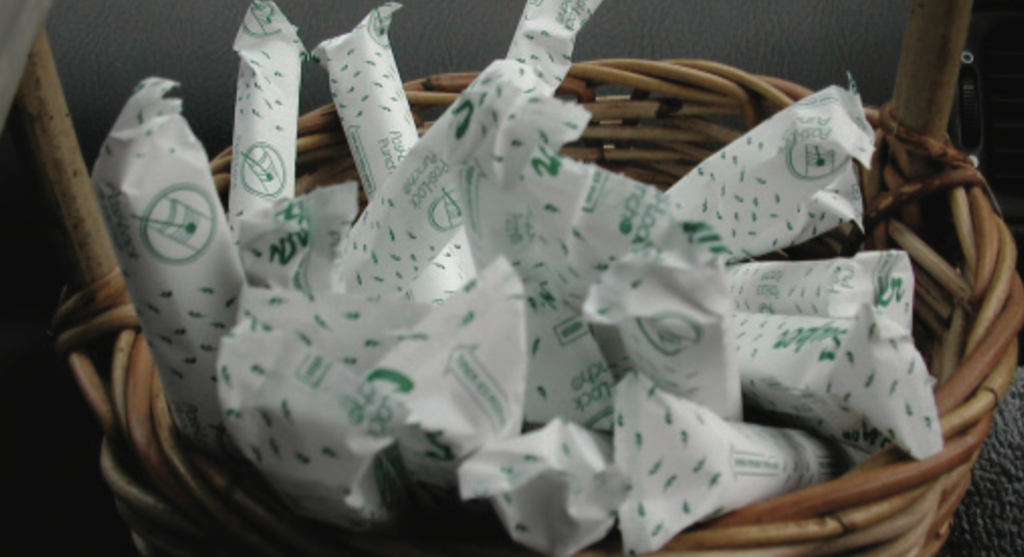
On Oct. 19, rallies took place across the United States to mark the first National Period Day. This event was created by the nonprofit Period.org in an effort to address the financial and social barriers experienced by people who menstruate.
Chief among these barriers is the tampon tax. The term “tampon tax” refers to the value-added tax that menstrual hygiene products are subject to when purchased at the register, which can add up to nine percent of the cost of products. Items that are classified as basic necessities, including groceries, medication, sunscreen, band-aids and condoms, are exempt from value-added tax—yet period products don’t make the cut as a basic necessity.
Tampon taxes are a significant contributor to the larger issue of “period poverty,” or the inability to access adequate menstrual products. The impact of period poverty is heaviest on young people getting an education, and those living below the poverty line.
Students on-campus can purchase menstrual products in the Tea Shop and in the vending machines outside of Rothwell Center. For $2, a student can buy a two-pack of unscented Kotex tampons at the vending machine, while in the tea shop, an eight-pack of Tampax pearl tampons costs $4.89 and a twenty-pack of Seventh Generation organic cotton tampons costs $9.58.
It is advised to change a tampon every four to eight hours depending on menstrual flow—therefore, tampons become costly as cycles last between two to eight days.
Studies concentrated on the United States estimate that one in four teenagers have missed school due to a lack of period protection, and 46% of low-income menstruators have had to choose one or more times between buying food and period products. Governmental assistance programs like Medicaid and SNAP cannot be used to purchase menstrual hygiene products, and food banks and shelters say tampons and pads are some of their most frequently requested items.
Currently, 11 states have ended the tampon tax (Connecticut, Florida, Illinois, Massachusetts, Maryland, Minnesota, New Jersey, Nevada, New York, Pennsylvania and Rhode Island); five states have no sales tax for any product (Oregon, Montana, Alaska, New Hampshire and Delaware); and a handful of other states have introduced legislation to end tampon taxes.
California’s fight to end its tampon tax kicked off in January of 2016, when California Assemblywomen Cristina Garcia and Ling Ling Chang introduced a bill to remove it, arguing that the tampon tax constituted “regulatory discrimination.” While both houses of the California State Legislature voted to approve the bill, it was vetoed by Governor Jerry Brown, who objected to the perceived potential loss of revenue.
In 2017, the state legislature passed AB 10, a bill which requires public middle and high schools where 40% or more of students are below the poverty line to provide free menstrual products in some restrooms, and in June 2019, menstrual products were exempted from sales tax in the state budget. However, this exemption will only apply for the budget’s two-year duration. While these legal protections constitute definite steps in the right direction, more progress must be made before the needs of Californians who menstruate are adequately met.
There is no shortage of organizations working to dismantle tampon taxes and end period poverty. To join the fight against menstrual inequity, you can sign petitions or donate to the cause on the websites of organizations like Period.org, the Homeless Period, or Freedom4Girls. You can also join a local chapter of Period.org or start your own chapter to work towards menstrual education, menstrual product distribution, and more equitable menstrual policy in your community.
